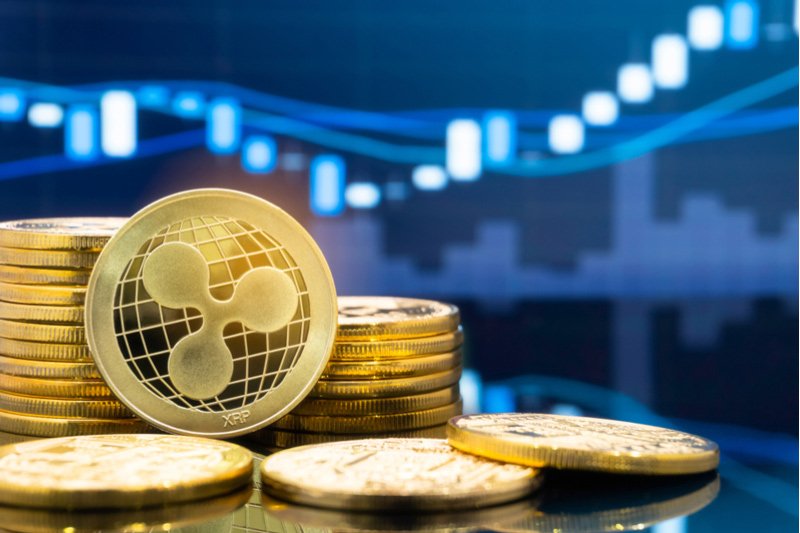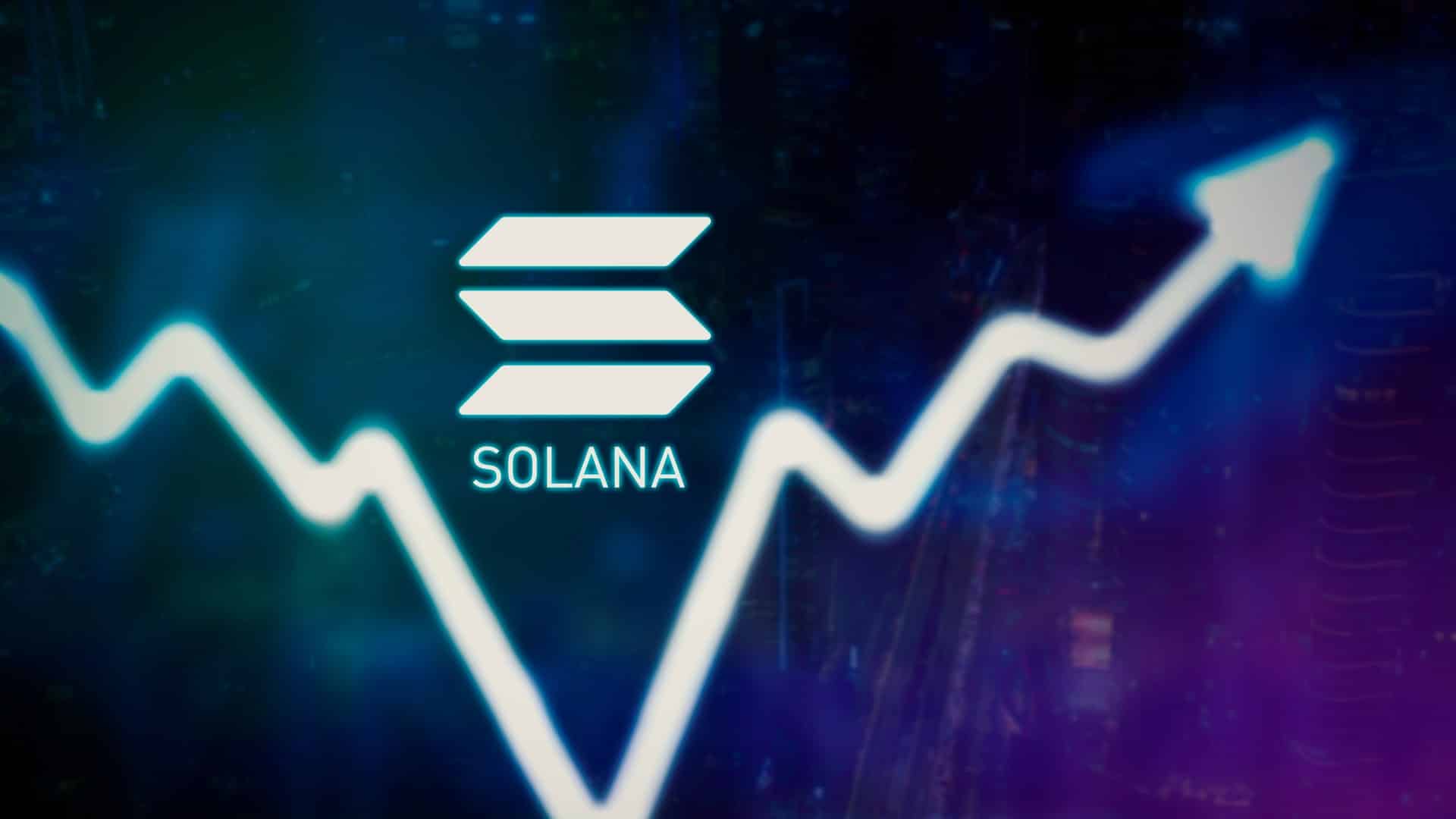On May 2nd, 2022, Tron launched its own algorithmic stablecoin, USDD. Since then, its own DeFi ecosystem has experienced rapid growth. Despite the Terra crash and USDD’s similarities to the now-failed TerraUSD (UST).
According to data from DeFi Llama , total assets (Total Value Locked; TVL) of DeFi in Tron increased by almost 25 percent this month – to almost six billion US dollars. Tron now ranks third, right after Ethereum and Binance .
The network also grew by 1.5 million new users and now has nearly 100 million accounts.
Tron promises up to 30 percent “risk-free” interest for staking its algorithmic stablecoin. At Terra, you earned 20 percent via Anchor – and even there there is now talk of a house of cards whose collapse was only a matter of time.
When Terra crashed, the ecosystem went into a death spiral, fueled by the mechanics of its algorithmic stablecoin, UST. It lost 99 percent of its value.
Total locked value in DeFi as a whole fell more than 50 percent year-to-date from around $250 billion to $112 billion, with a discernible plunge following the Terra crash.
Tron’s algorithmic stablecoin works almost exactly like Terra’s UST/
The big difference to Terra: USDD is said to have a much smaller market capitalization than the native cryptocurrency TRX. In the Terra system, before the crash, the ratio between UST and Luna was almost one-to-one, at just under $18 billion each. The future will show whether this form of over-collateralization is sufficient as a guarantee of stability for Tron.
What happens when the next stablecoin bomb bursts?
- Bitcoin Whales Cash In Millions Amid Recent Rally - November 20, 2024
- Hidden Pattern on XRP Charts Suggests a 500% Surge – Is It Finally Moon O’Clock? - November 20, 2024
- $PNUT Up 325% In 7 Days, Heading To New Record – Will This New Altcoin Be The Next Hot Deal? - November 19, 2024

















![BingX Exchange: A Detailed Guide to Using, Trading, and Maximizing Features in [current_date format=Y] 20 BingX Exchange: A Detailed Guide to Using, Trading, and Maximizing Features](https://cryptheory.org/wp-content/uploads/2024/11/4-5-120x86.jpg)





